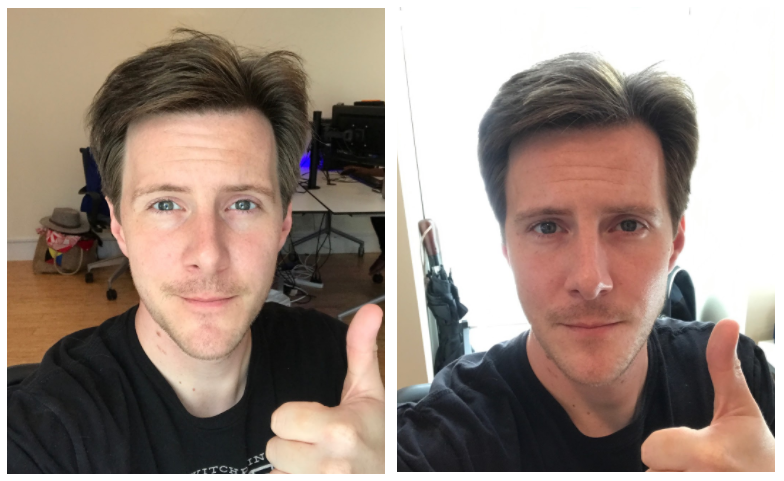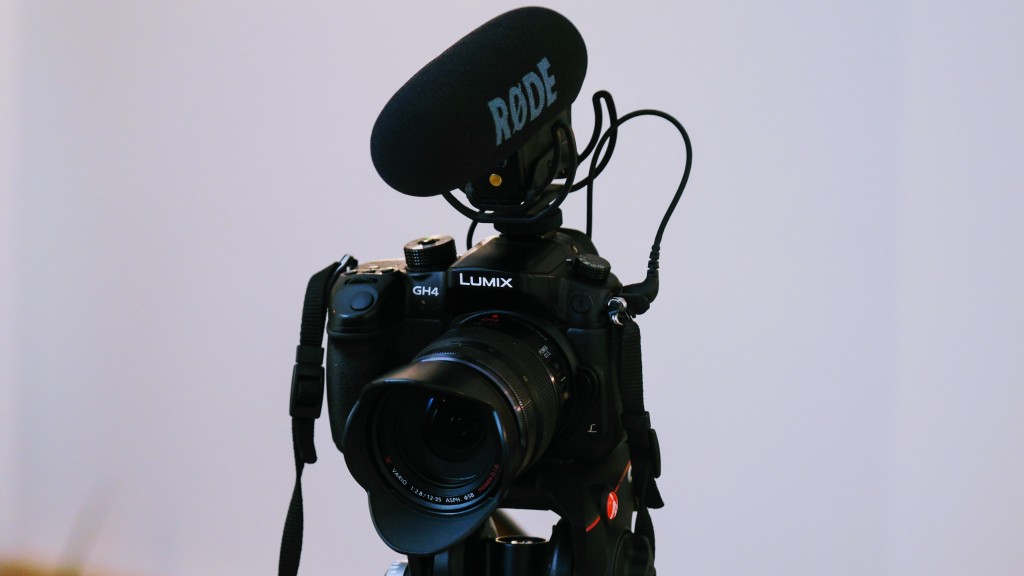Nithya has recently returned to TechChange as a Web Developer with our tech team! Two years ago we launched our first round of summer fellowships, where Nithya was actually a part of our inaugural group of tech fellows (see her previous staff highlight here). We took some time to talk more about her background and how it feels to be back at TechChange. Welcome to the TechChange Team, Nithya!
Q: So, what have you been up to since the end of your previous TechChange fellowship?
After my TechChange fellowship, I finished my last year at Harvey Mudd College and did a year of contract engineering projects in a variety of countries, including India, Myanmar, and Mali. I’m trying to figure out how to combine my tech skills (everything from programming to mechanical engineering) with my passion for tackling pressing social issues, especially with a focus on developing countries. I loved the travel and working on the ground in so many different places, with so many different people.
Q: What brought you back to TechChange?
The last couple of years have been filled with many very enriching experiences, but I’m still working on figuring out what kind of a path I’m hoping to continue down in the longer run. Especially given the intensity of my past year, I wanted some time to process, reflect, and research what could come next. However, I also didn’t want to stop feeling productive and driven to solve problems. Being at TechChange a couple years ago gave me my first taste of the social impact world and many members of the team have continued to be great sources of support and inspiration since. Coming back to TechChange has been the perfect way to contribute to an organization I believe in, work with a truly fantastic team, and do some exploring to figure out my future goals.
Q: How does web development fit into your interests? What interests you in your projects?
To be honest, I don’t know yet. There are a lot of ways web development can play a role in the kind of work I aspire to be part of, but there are also a variety of other types of technology/engineering that I have loved building. I think web development is a skillset I hope to maintain and grow, regardless of whether it is full-time or on the side. My work with TechChange keeps me learning on a daily basis and I’m excited to tackle as many problems I can. The great thing about being a developer at TechChange is that I know, at the end of the day, every piece of code contributes to organizations and projects around the world that are doing work I support.
Q: What is one thing that you’d love to learn or do in the next year?
I’d love to learn a new (spoken) language (or work on any of the languages I know partially), spend time in a new country, and figure out what direction I am taking my career. It will be a great year if I can manage to see a bunch of friends and family in the process too, given that I move around a lot.
Q: Lastly, what’s something that not a lot of people know about you?
I often play minesweeper while watching TV – yes, the game from forever ago where you click squares and try not to let bombs go off. Turns out it’s actually a logic puzzle if you don’t just play by randomly clicking squares! I can’t sit still long enough to just watch television like a normal person, I guess.



